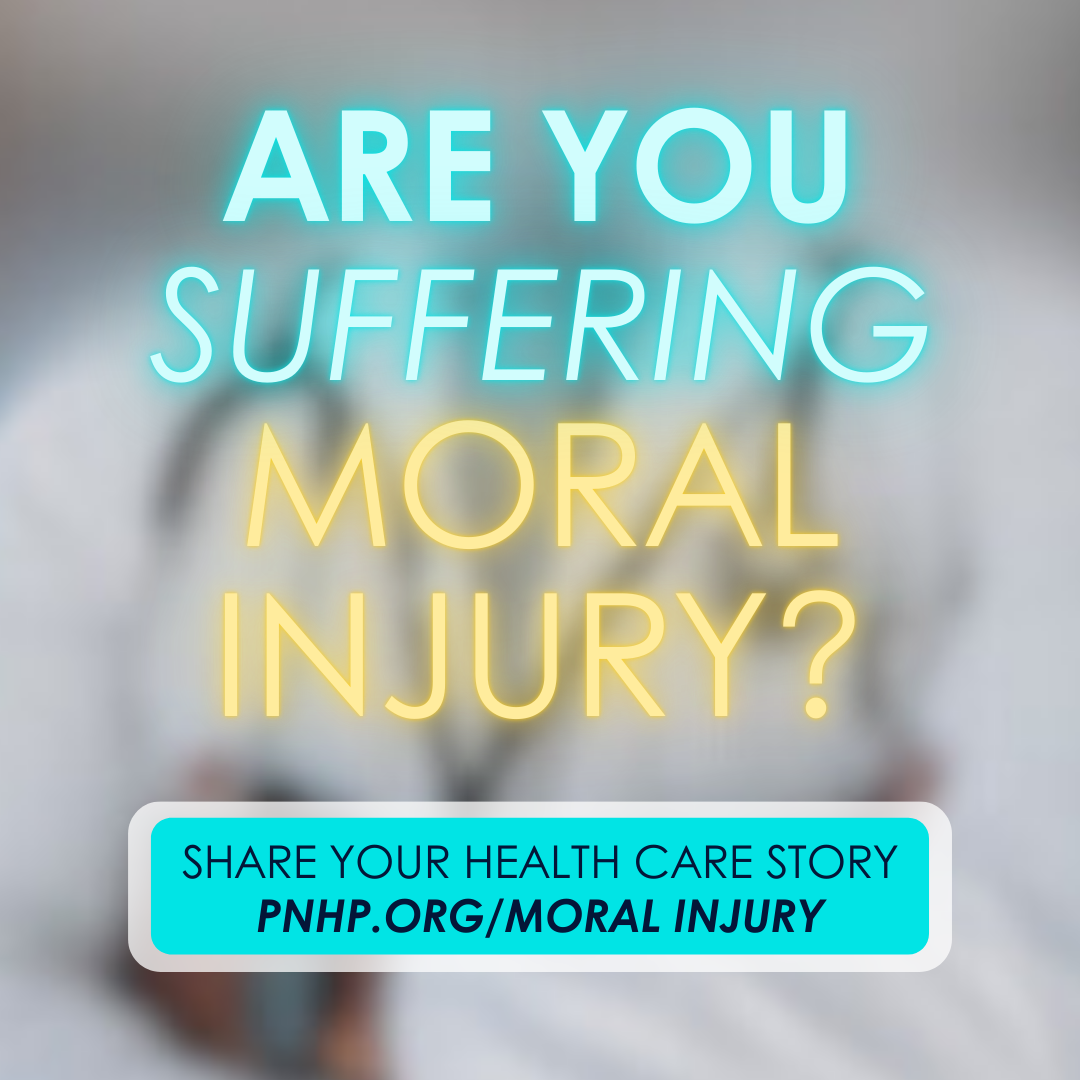By Marvin Malek, M.D., M.P.H.
VTDigger, August 15, 2021
A study published in the July 21 issue of the Journal of the American Medical Association reported that 17.8% of Americans had medical-related debt that had been sent to debt collections agencies.
Since there is nearly always a lag of three months or more before unpaid debt is sent to collections, this statistic would reflect care provided prior to the Covid pandemic.
This represents a striking increase in America’s medical debt burden — nearly twice as large as the percentage reported in 2009. Millions of Americans lost their incomes and health coverage as a result of the pandemic, so the situation is likely worse now.
Since the number of uninsured Americans was actually a little lower in early 2020 than in 2009, this increase in unpayable debt reflects underinsurance: Coverage that is so poor that families cannot afford their deductibles and copays when someone in the family actually gets sick.
Note that this 17.8% reflects only a fraction of Americans burdened by medical costs. Many others pay off high medical bills by skipping sending their kids to summer camp, aborting plans for a vacation or foreclosing on their mortgages. Many others work out burdensome payment arrangements with hospitals, and will remain underwater for years to come as additional medical bills accumulate.
But these are numbers. It is up to us to use our imaginations to translate them into the day-to-day lives of American families. How many potential business enterprises won’t be happening because medical debt prevents access to credit? How many couples will experience marital stress and even divorce due to these debt burdens?
Numerous studies have demonstrated that families with medical debt typically skimp on paying for food, clothing and other basic necessities, and that half of bankruptcies are filed because of unaffordable medical bills.
How many Americans will avoid needed medical care to avoid incurring further debt? At least 25,000 excess deaths occur each year among the uninsured, Uninsured Americans who are experiencing a heart attack are 37% more likely to delay care, placing themselves at risk of an immediately fatal outcome.
But we don’t yet have accurate data that reflects how many deaths occur due to underinsurance. At the very moment in one’s life when one is contending with major illness, Americans find themselves deluged with medical bills. Ours is the only developed country where we kick people when they’re down in this manner. It violates one’s sense of decency.
But now let’s try to push our imaginations in a different direction: Let’s imagine living in a country where every single citizen has health coverage and there is literally no one in the entire country with unaffordable medical debt — a reality in England, France, Spain, Scandinavia, Taiwan, and many other countries.
July 31 was the 56th anniversary of the implementation of our Medicare program. Now let’s imagine a Medicare program without copays, and which enrolls every single American.
This is not a dream. Legislation that would implement a Medicare for All program is in the docket in both houses of the U.S. Congress. These bills should be passed and implemented as soon as possible. Every American should work to clear away the political obstacles that have been placed in the way of this legislation by the health insurance companies, big pharma, and other lobbies.
There has never been a logical policy reason why Americans wait until age 65 to enroll in Medicare, neither in 1965 nor currently. But the price tag both in financial distress of American families and foregone care has risen dramatically since 1965. Last week’s JAMA article provided evidence of this distress.
Let’s all work toward a future in which a subsequent study published in 2030 will reveal that no American family has collection agencies harassing them just because they were seeking needed medical care. We can do better — if we mobilize our imaginations, our sense of basic decency and our voices.
This commentary is by Dr. Marvin Malek, a general internist practicing hospital medicine in Springfield, Vt.
